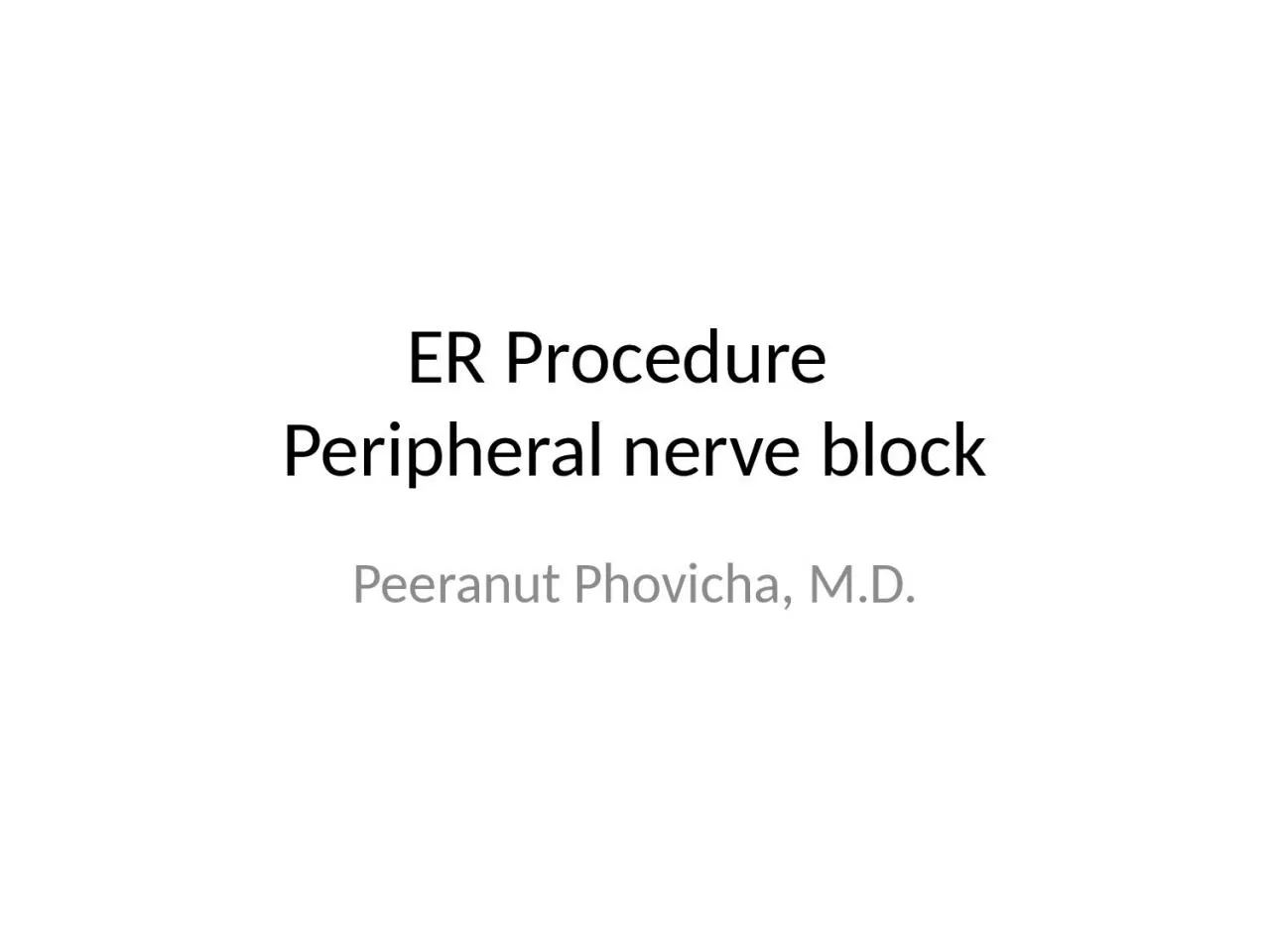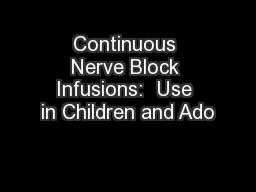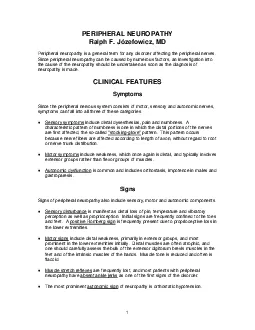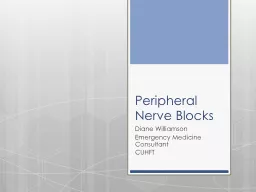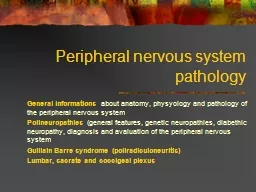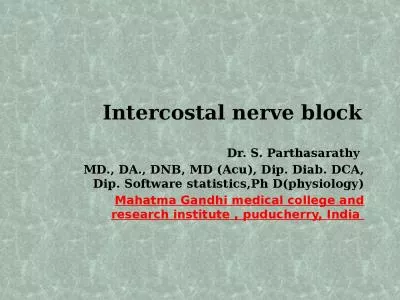PPT-ER Procedure Peripheral nerve block
Author : white | Published Date : 2022-06-07
Peeranut Phovicha MD Indications Distortion from local infiltrations hampers closure eg facial wounds Compromises blood flow eg fingertip Anesthesia is required
Presentation Embed Code
Download Presentation
Download Presentation The PPT/PDF document "ER Procedure Peripheral nerve block" is the property of its rightful owner. Permission is granted to download and print the materials on this website for personal, non-commercial use only, and to display it on your personal computer provided you do not modify the materials and that you retain all copyright notices contained in the materials. By downloading content from our website, you accept the terms of this agreement.
ER Procedure Peripheral nerve block: Transcript
Download Rules Of Document
"ER Procedure Peripheral nerve block"The content belongs to its owner. You may download and print it for personal use, without modification, and keep all copyright notices. By downloading, you agree to these terms.
Related Documents

